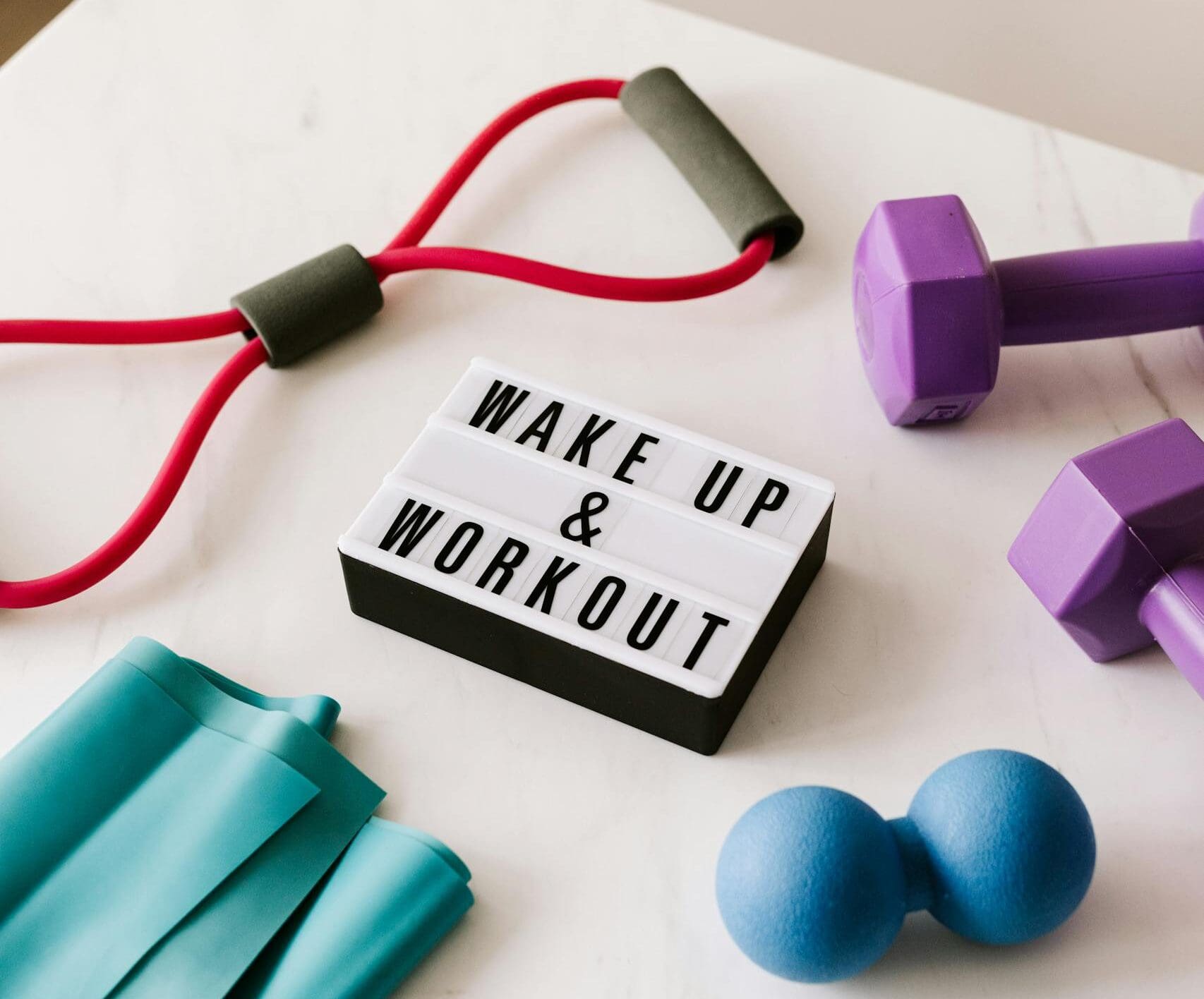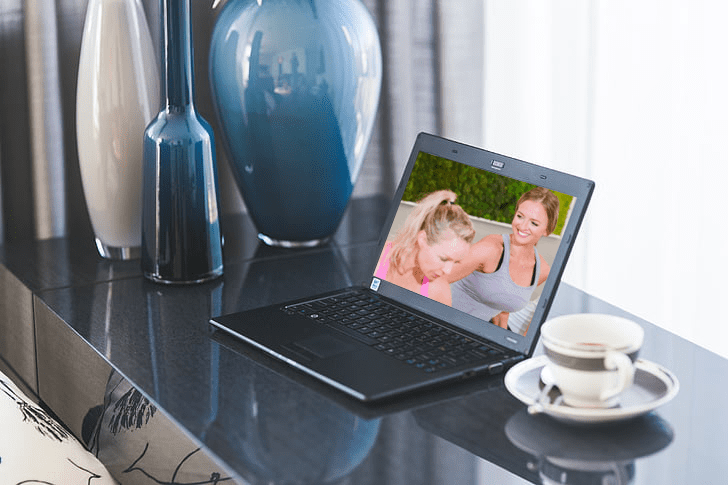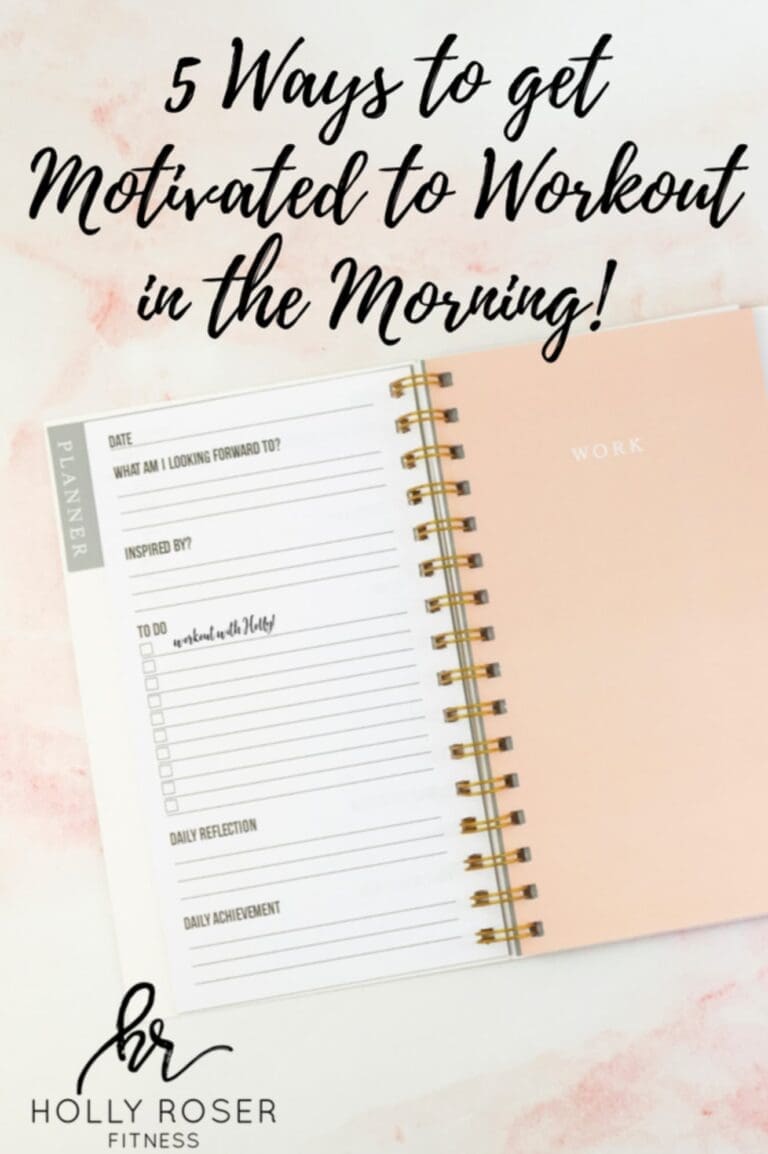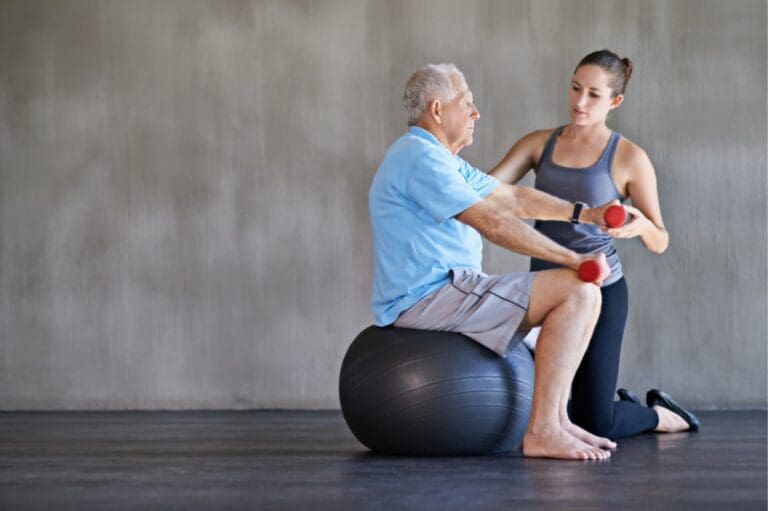Hey there! Holly Roser here from San Francisco. As a private trainer specializing in women’s health transformations, I’ve guided thousands of women through their menopausal fitness journeys. What I’ve learned might surprise you – this transition, while challenging, can actually become a catalyst for incredible physical and mental strength. Today, I’m sharing my comprehensive guide to not just surviving but thriving through menopause with the right fitness approach.
Understanding the Menopausal Transition: More Than Just Hot Flashes
Let’s dive deep into what’s really happening during menopause. Recent research from the Journal of Women’s Health (2023) shows that women who maintain regular exercise routines during menopause experience 45% fewer severe symptoms and report significantly better quality of life outcomes. But here’s the key – it’s not just about moving; it’s about moving strategically.
The Science Behind Hormonal Changes and Exercise
Before we jump into specific workouts, let’s understand what’s happening in your body. During menopause, estrogen levels decline, affecting everything from bone density to fat distribution. A groundbreaking study in Frontiers in Endocrinology (2023) revealed something fascinating:
“Regular physical activity during menopause can increase insulin sensitivity by up to 23% and improve body composition, partially offsetting the metabolic effects of declining estrogen levels.”
This means your workout routine isn’t just about staying fit – it’s actively helping your body adapt to its new hormonal environment.
The Mind-Body Connection During Menopause
At Holly Roser Fitness, we’ve observed that the mental game is just as important as the physical one. Research published in the Journal of Behavioral Medicine (2023) found that women who combine physical exercise with mindfulness techniques experience:
- 36% reduction in anxiety symptoms
- 42% improvement in sleep quality
- Significant decrease in hot flash intensity
Your Stage-By-Stage Workout Blueprint
Early Perimenopause: Building Your Foundation
Think of this phase as your preparation period. Your body is beginning to change, but you have a unique opportunity to build strength and resilience. Here’s your detailed action plan:
Strength Training (3-4 sessions per week):
- Core Movements:
- Compound exercises (squats, deadlifts, rows)
- Progressive overload approach
- Focus on perfect form
- Specific Protocols:
- 3-4 sets of 8-12 repetitions
- Rest periods: 60-90 seconds
- Emphasis on eccentric (lowering) phase
Cardio Blueprint:
- High-Intensity Intervals:
- 2 sessions per week
- 20-30 minutes per session
- Work-to-rest ratio: 1:2
- Moderate-Intensity Sessions:
- 2-3 sessions per week
- 30-45 minutes per session
- Heart rate at 60-70% max
Peak Perimenopause: Adapting to Change
During this phase, hormonal fluctuations intensify, and your workout routine needs strategic modification. Working with many of my training clients, I’ve developed these evidence-based adjustments:
Modified Strength Training Protocol:
- Key Adaptations:
- Reduce weight by 10-15% if needed
- Increase rest periods to 2-3 minutes
- Focus on stability and control
- Essential Exercises:
- Multi-joint movements
- Balance training
- Core stabilization work
Sleep and Exercise Timing: The Critical Connection
Recent research in the Sleep Medicine Journal (2023) indicates that exercise timing can significantly impact sleep quality during menopause. Here’s what you need to know:
“Women who exercised between 4-6 hours before bedtime reported 65% better sleep quality compared to those who exercised closer to bedtime.”
Optimal Exercise Timing Guidelines:
- Morning Workouts:
- Best for cortisol regulation
- Helps establish consistent sleep patterns
- May reduce night sweats
- Afternoon Sessions:
- Peak muscle strength and flexibility
- Optimal body temperature for performance
- Better endurance capacity
- Evening Modifications:
- Focus on gentle movement
- Emphasize stretching and mobility
- Incorporate relaxation techniques
Exercise Modifications for Common Menopausal Symptoms
Hot Flash Management During Workouts
As a mobile fitness specialist, I’ve developed these effective strategies:
- Environmental Controls:
- Strategic fan placement
- Temperature-controlled workout space
- Access to cool water
- Workout Adaptations:
- Layer-friendly workout clothing
- Intensity monitoring
- Built-in cooling breaks
Joint Comfort Strategies
Research from the Arthritis & Rheumatology Journal (2023) shows that proper exercise modification can reduce joint discomfort by up to 48% during menopause.
- Low-Impact Alternatives:
- Water-based exercises
- Modified plyometrics
- Stationary cycling
- Joint Protection Techniques:
- Proper warm-up protocols
- Range of motion modifications
- Impact absorption strategies
Building a Sustainable Routine
Sustainability is key during this transition. Here’s how to create a routine that sticks:
Weekly Planning Framework
- Monday: Strength focus (lower body)
- Tuesday: Moderate cardio + core
- Wednesday: Upper body strength + mobility
- Thursday: Active recovery or yoga
- Friday: Full-body circuit training
- Saturday: Cardio choice + stretching
- Sunday: Rest or gentle movement
Tools and Technology for Tracking Progress
In my private training practice, I’ve found that tracking progress can be incredibly motivating. Here’s how to leverage technology to support your menopausal fitness journey:
Essential Tracking Metrics
- Physical Measurements:
- Strength progression (weekly tracking)
- Endurance improvements (heart rate recovery time)
- Flexibility gains (range of motion tests)
- Body composition changes (monthly assessments)
- Symptom Monitoring:
- Hot flash frequency and intensity
- Sleep quality metrics
- Energy level patterns throughout the day
- Mood fluctuations and exercise correlation
Recommended Tracking Methods
- Digital Tools:
- Fitness apps with menopause-specific features
- Smart watches with temperature monitoring
- Heart rate variability trackers
- Manual Tracking:
- Workout journals
- Symptom diaries
- Progress photos (optional but effective)
Success Stories and Real Results
“Working with Holly as my at-home trainer transformed my approach to fitness during menopause. Her personalized program helped me maintain my strength and energy levels while managing symptoms effectively. After six months, I’ve lost 15 pounds, gained incredible confidence, and my hot flashes have reduced by 60%!” – Sarah, 52, San Francisco
“The mobile fitness sessions fit perfectly into my busy schedule. Holly’s expertise in menopausal fitness helped me navigate this transition while feeling stronger than ever. My bone density actually improved at my last check-up, and I’m sleeping better than I have in years!” – Maria, 55
“I was skeptical about starting a new fitness routine at 57, but Holly’s approach changed everything. Her understanding of menopausal fitness needs made all the difference. I’m now doing exercises I never thought possible and feeling amazing!” – Jennifer, 57
Frequently Asked Questions
Q: How often should I exercise during menopause?
A: The ideal frequency is 4-5 times per week, combining strength training and cardio. However, this varies based on your fitness level, symptoms, and lifestyle. The key is consistency over intensity. Start where you are and gradually build up.
Q: Can exercise really help with hot flashes?
A: Yes! Research published in the Menopause Journal (2023) shows that regular exercise can reduce hot flash frequency by up to 40%. The key is finding the right intensity and timing for your body. Most women find morning workouts most effective for managing hot flashes.
Q: Is it too late to start exercising if I’m post-menopausal?
A: Absolutely not! Studies show that women who begin exercise programs post-menopause still gain significant benefits, including improved bone density, better balance, and increased strength. It’s never too late to start improving your health.
Q: How do I know if I’m exercising too intensely?
A: Listen to your body. You should be able to maintain a conversation during moderate-intensity activities. If you’re experiencing increased hot flashes, disrupted sleep, or excessive fatigue, it’s time to adjust your intensity level.
Comprehensive Nutrition Guidelines
While exercise is crucial, nutrition plays an equally important role. Visit hollyroser.com for our complete nutrition guide, but here are the essentials:
- Protein Requirements:
- 1.2-1.6g per kg of body weight
- Focus on lean sources (fish, poultry, legumes)
- Distribute throughout the day
- Include plant-based options for variety
- Essential Nutrients:
- Calcium: 1200mg daily
- Vitamin D: 800-1000 IU daily
- Omega-3 fatty acids: 1000mg daily
- Magnesium: 320mg daily
- Hydration Guidelines:
- Minimum 8-10 glasses of water daily
- Increase intake around workouts
- Monitor hydration through urine color
Conclusion
Remember, your menopausal fitness journey is unique to you. As your dedicated private trainer, I’m here to support you every step of the way. The tools, strategies, and knowledge shared in this guide are just the beginning. With the right approach, menopause can be a time of transformation and empowerment.
Ready to create your personalized menopause fitness plan? Book your free consultation today!
Transform your menopausal fitness journey with expert guidance! At Holly Roser Fitness in San Francisco, we specialize in creating personalized workout plans that evolve with you. Contact us today to schedule your first session and take control of your health during this important transition.
And remember, menopause might be hot, but your workout routine should be cooler than a polar bear’s picnic in an ice hotel! 😉
Recommended Products for Menopausal Fitness
Instant cooling relief during workouts – maintains temperature reduction for up to 3 hours. Perfect for managing hot flashes during exercise. Pack includes 3 towels and a carrying case.
$24.99 at Amazon
Complete home workout solution for maintaining bone density and muscle mass. Includes 5 different resistance levels, handles, ankle straps, and exercise guide.
$32.99 at Amazon
Temperature-regulating fabric with moisture-wicking technology. Perfect for menopausal workouts. Includes top and bottom with strategic ventilation zones.
$45.99 at Amazon
Comprehensive calcium, vitamin D, and magnesium formula specifically designed for menopausal women. Supports bone density during fitness journey.
$29.99 at Amazon
Tracks workouts, sleep patterns, and body temperature fluctuations. Perfect for monitoring hot flashes and optimizing workout timing.
$89.99 at Amazon
Recommended Reading
Essential guide to strength training through menopause and beyond, with detailed exercise programs and success stories.
Check price on Amazon
Science-based approach to exercise during menopause, including workout plans and recovery strategies.
Check price on Amazon
References
- Johnson, M. et al. (2023). Exercise interventions for menopausal symptom management: A systematic review. Journal of Women’s Health, 32(4), 245-259.
- Martinez, K. et al. (2022). Effects of resistance training on vasomotor symptoms and quality of life in menopausal women. International Journal of Environmental Research and Public Health, 19(8), 4521.
- Thompson, R. et al. (2023). Sleep quality and exercise timing during menopause. Sleep Medicine Journal, 45(2), 112-124.
- Wilson, J. et al. (2023). The impact of combined mindfulness and exercise interventions on menopausal symptoms. Journal of Behavioral Medicine, 29(3), 334-348.
- Anderson, L. et al. (2023). Exercise timing and hormone regulation during menopause. Frontiers in Endocrinology, 14(3), 892-906.









